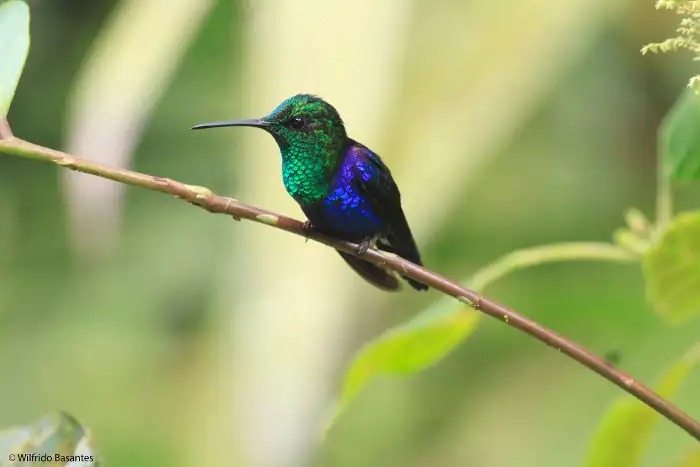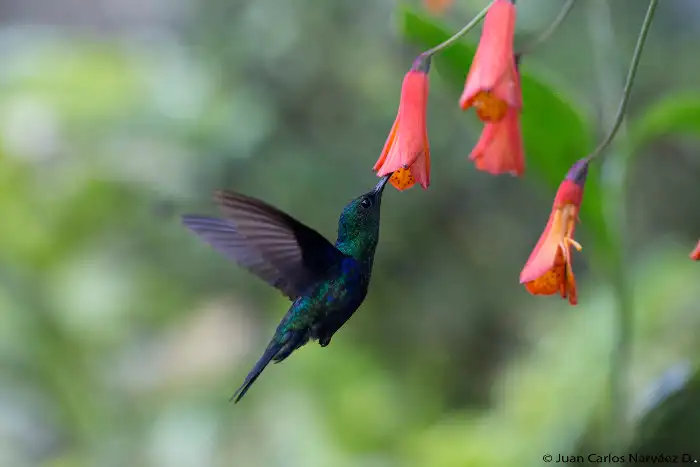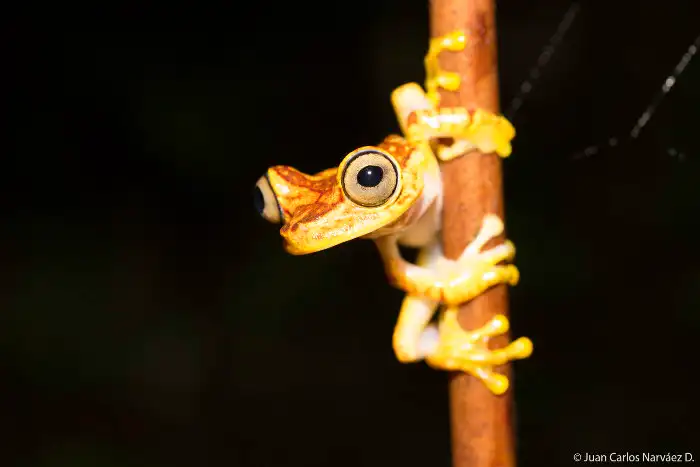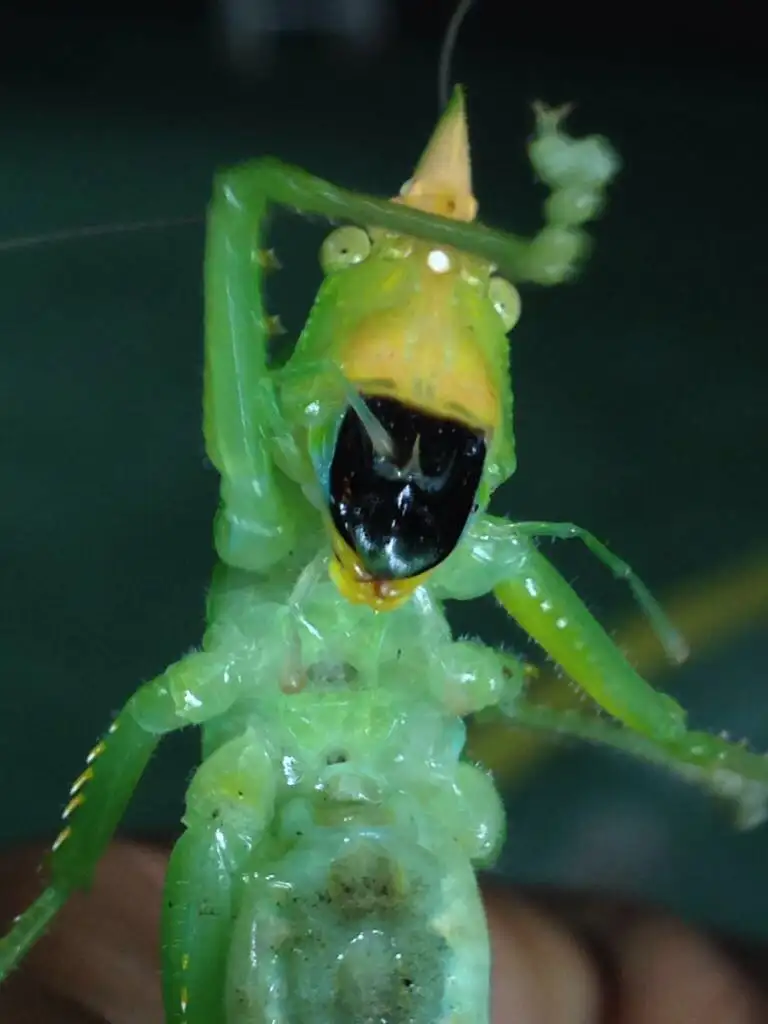An Anteater Pays a Visit to the Laboratory
By: Anderson Medina
One afternoon while I was reading in the laboratory, I suddenly saw some movement outside the window. I got a bit closer to see what it was, and to my utter surprise, I was suddenly face-to-face with a beautiful anteater (Tamandua mexicana), just two metres away from the laboratory! In the heat of the moment, I was so excited that the only thing I could think of doing was to take out my phone to try to capture how it would react.
When it saw that I was getting closer, it tried to move away – maybe it thought that I was a predator that was going to hurt it. But, of course, I would never be capable of harming such an exquisite little animal!
The anteater is a species that can be as active in the day as it is at night. It feeds on termites or, as its name would suggest, on ants. It has claws that are well-developed that allow it to penetrate ant and termite nests, capturing the insects that are inside with its long and viscous tongue.
These animals are in danger of extinction due to their lack of defences. What’s more, they walk clumsily, leaving a trampled path through the forest. There are people who take advantage of how slow they are, capturing them to put them in zoos or to keep as pets, taking them far away from their natural habitats.
The Colours of Ecuador’s Cloud Forest
By: Juan Carlos Narváez and Wilfrido Basantes
Like the most romantic of watercolours and the most vibrant of oils, Mashpi, the Ecuador cloud forest reserve, is awash with colour: every leaf a different shade of green, each feather of every bird a new hue, the frogs, the snakes, and the butterflies bringing flashes of light and brilliance.
The rainbow pallet found here is the result of pigments and structural colours. Pigments are materials that absorb and selectivity reflect light, and the distinct colours are determined according to their level of depth. Structural colours, on the other hand, are produced by the interference of light reflected along the surface of fine structures, so that the light reflected by certain angles adds to or saturates them, creating the different colours.
For this reason, the ability to appreciate structural colours depends on the angle from which they are seen. A clear example of this in the Ecuadorian cloud forest are the wings of hummingbirds, where miniscule structures within the feathers reflect the different colours of these amazing birds.

However, in a single blink of the eye, their colours can seem to change, to diminish, and even to turn black.

That is the fundamental difference with pigments that, in spite of the angle or the light conditions under which they are seen, their colours stay the same, even at night.
The colours of Ecuador’s cloud forest have inspired creativity in artists of all kinds. Here, we ask them how many greens they counted on a visit to Mashpi.
“I saw three million, but my daughter, whose sight is better, counted more.” Alberto Montt
“I wasn’t counting but the vast green you see all around is just magnificent, it has such a calming and connecting effect on you.” Carla Torres
“I didn’t even think about counting them, it would be an infinite challenge.” Susana Oviedo

The Spiny Devil
By: Juan Carlos Narváez
During our night walks, we sometimes come across this scary-faced creature, its feet covered in spikes. This is the longhorn grasshopper (Tettigoniidae). Believe it or not, it is innocuous, its sharp jaws used to cut the leaves that it feeds on (rather than anything more malicious). Its strong feet allow it to leap.

Throughout the day, this little critter stays hidden among branches and under leaves, perfectly camouflaged. To communicate with others, it has special organs with which it can make loud sounds. A defining characteristic of this kind of grasshopper is that its antennae are twice as long as its whole body.




